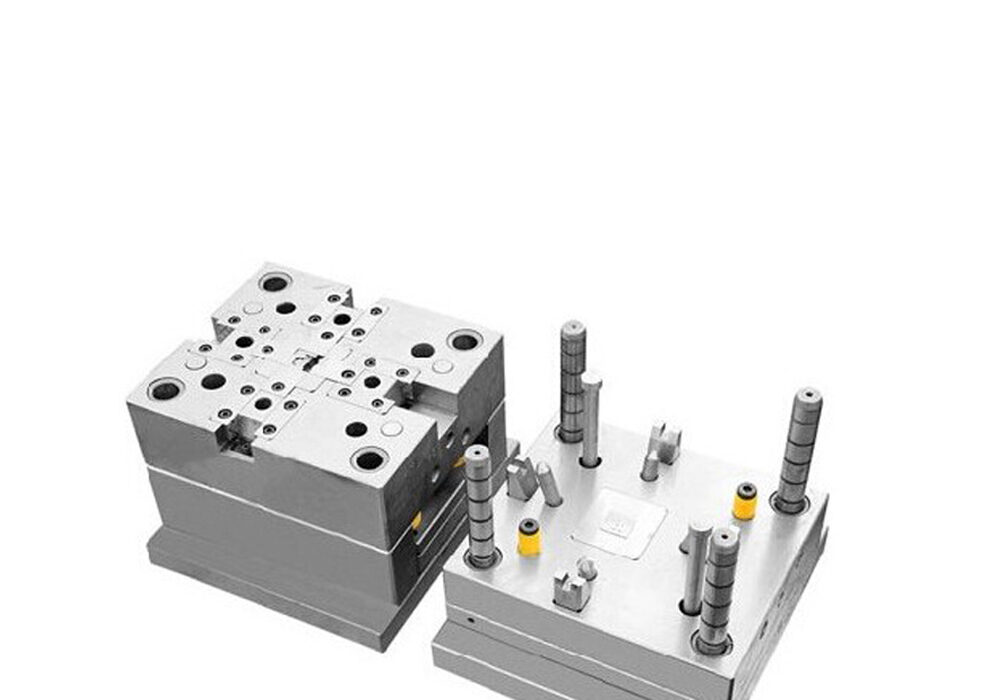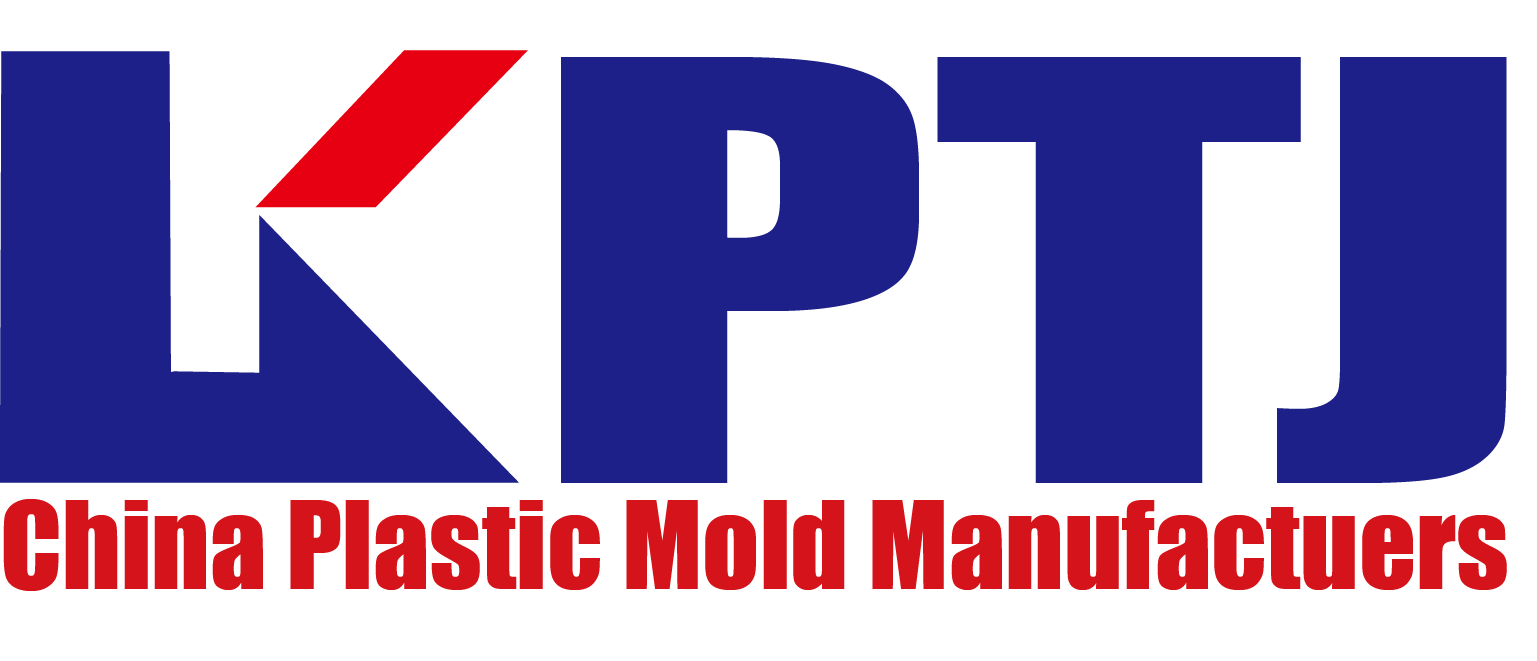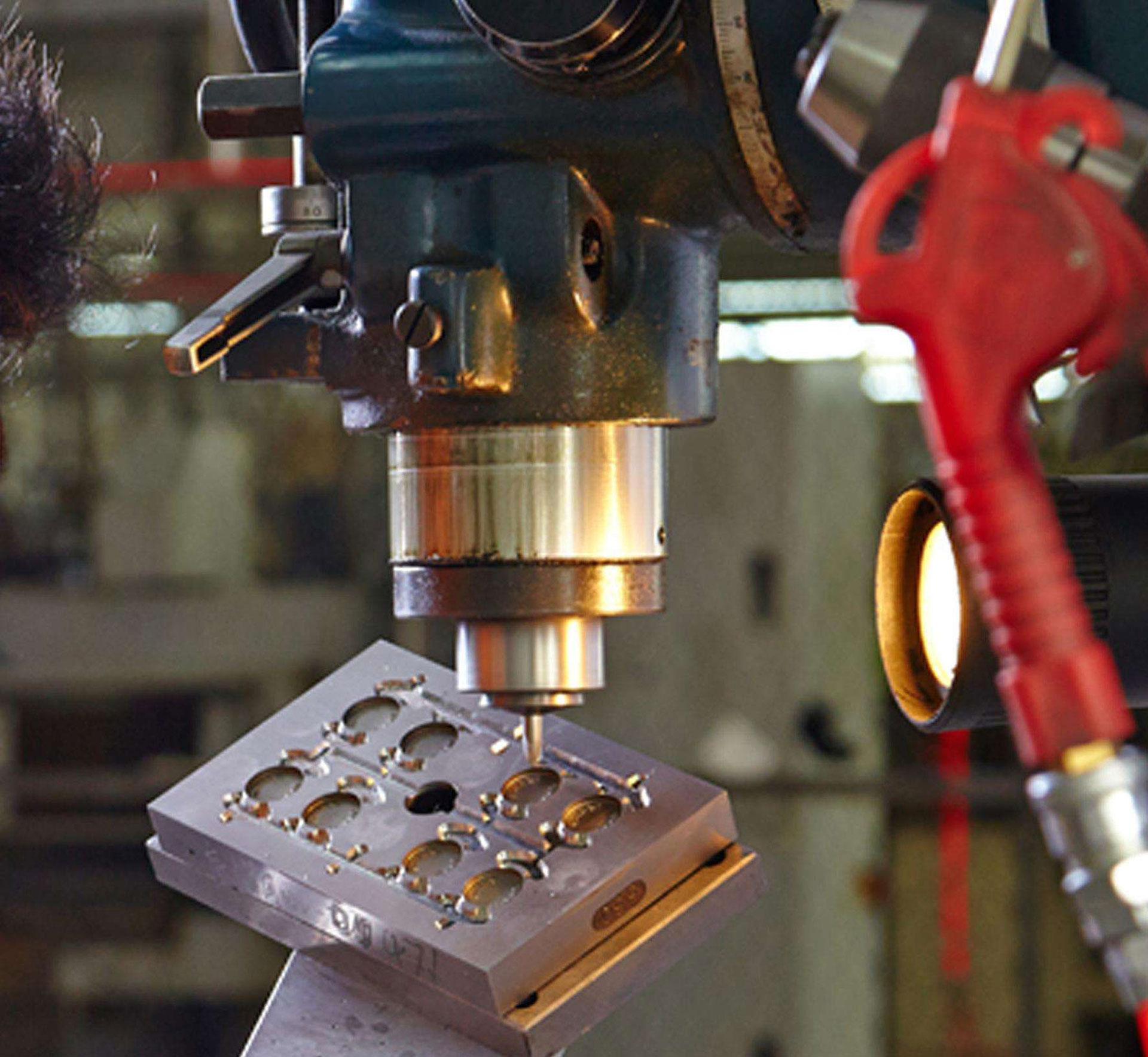Plastic mold manufacturers know that plastic molds are usually divided into several categories, namely: punching and shearing molds, tortuous molds, drawing molds, forming molds and shrinking molds.
- 1. Punching and Shearing Dies: To complete the safe operation with the actual effect of cutting, the common ways are to break the metal molds, cutting metal molds, punching machine metal molds, blanking metal molds, whole edge metal molds, drawing hardware Dies and shearing dies.
- 2. Zigzag mold: It is the way to bend a flat blank into a focus point, depending on the shape of parts, relative standard deviation and the total output, there are many kinds of molds, such as ordinary zigzag metal molds and camshafts Zigzag metal mold, crimping metal mold, curved zigzag metal mold, sheet metal bending punching metal mold and bending metal mold, etc.
- 3. Drawing mold: Drawing mold is to make the blank of plan view into a seamless glass container with spectrum.
- 4. Forming mold: refers to a variety of deformation methods to modify the appearance of the blank. The methods include convex forming metal mold, curling forming metal mold, neck forming metal mold, hole boss forming metal mold, Round edge forming hardware mold.
- 5. Tightening mold: It is the application of strong working pressure to make the metal material blanks deform and change into the desired shape. The types include extruded metal molds, embossed metal molds, embossed metal molds, and end-pressed metal molds.
The important direct reasons for the relatively poor standard deviation of the specifications and models of injection molded parts are: the deficiencies in the relative standard deviation of hardware molds and production processing, the molding production process specifications cause the shrinkage of the artwork to change greatly, and the artwork caused by the molding raw and auxiliary materials Shrinkage is not dynamically balanced, and changes over time caused by the geographic environment specifications after molding.



